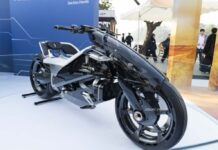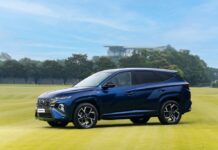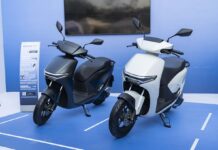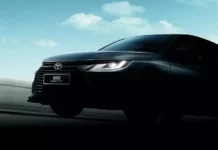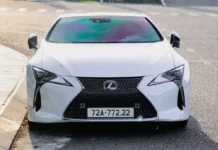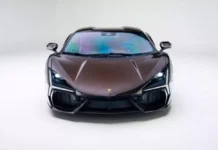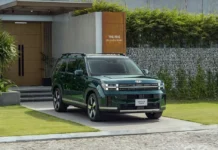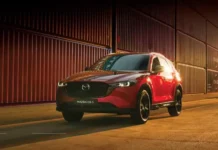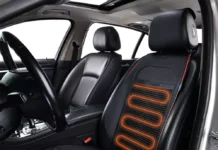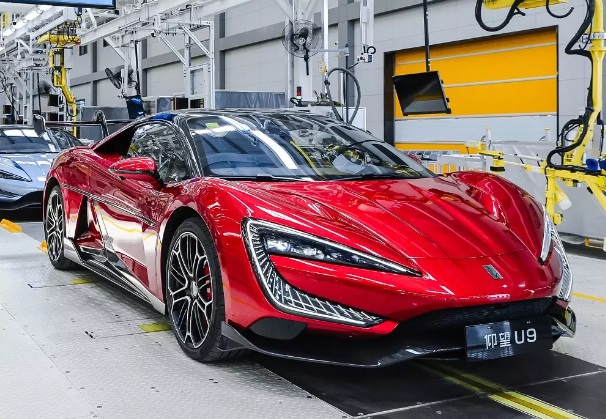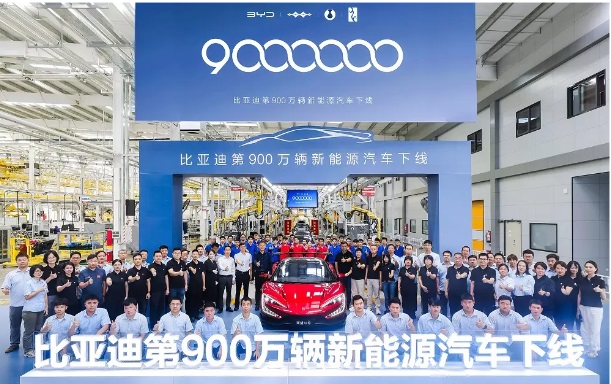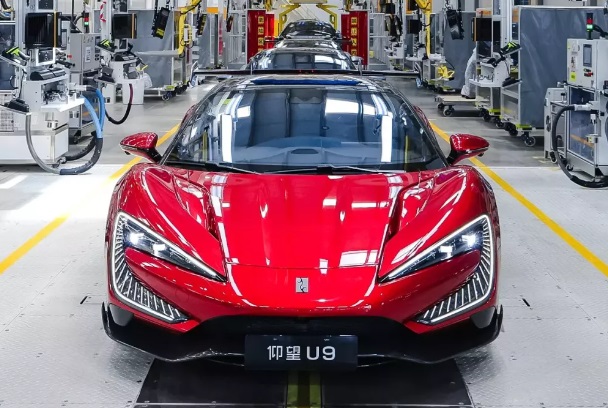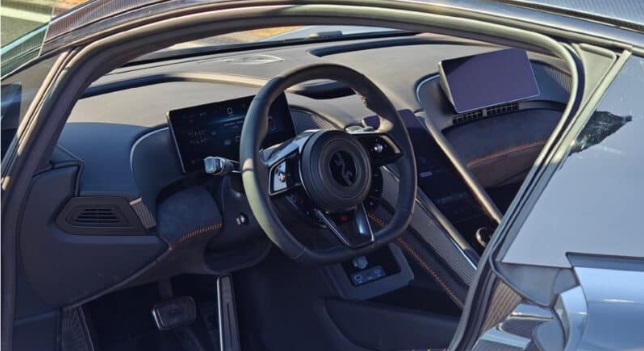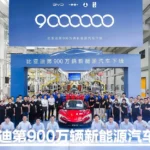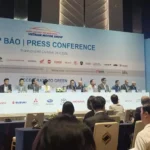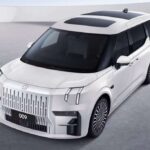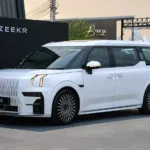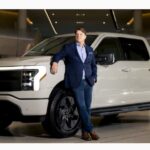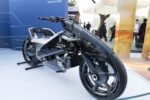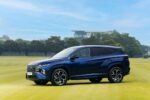BYD recently celebrated the production of its 9-millionth vehicle, a significant milestone, at a ceremony held at its Shenzhen, China, factory.
Back in July 2024, BYD celebrated the production of its 8-millionth NEV, and in just two months, they have added another million to that count.
As the first Chinese automaker to reach this milestone, BYD is on a remarkable growth trajectory and is projected to hit the 10-million mark and possibly even 11 million by the end of this year.
The 9-millionth vehicle produced by BYD is the Yangwang U9, a super electric car from its sub-brand. Introduced on February 25, the first deliveries of this model began last month, with seven units delivered to customers in August.
The Yangwang U9 is the most expensive model in BYD’s lineup, starting at 1.68 million RMB (approximately 5.88 billion VND).
YangWang U9 is based on the new e4 platform. It boasts impressive dimensions with a length of 4,966 mm, a width of 2,029 mm, a height of 1,295 mm, and a wheelbase of 2,900 mm.
The U9 has a bold and distinctive design with a front end reminiscent of the McLaren Artura. The rear features a prominent spoiler and enlarged aerodynamic diffusers, adding to its sporty character.
The interior of the U9 showcases a minimalist aesthetic with essential conveniences, including a 3-spoke steering wheel integrated with function buttons, two control sticks, and three screens: two smaller ones in front of the driver and passenger seats and a uniquely shaped screen on the center console.
Under the hood, the YangWang U9 is equipped with four electric motors, each generating 322 horsepower, resulting in a combined output of 1,287 horsepower.
According to BYD, the YangWang U9 can sprint from 0 to 100 km/h in just 2 seconds and reach a top speed of 300 km/h. The company also claims a remarkable range of up to 700 kilometers on a single charge, thanks to its 100 kWh battery pack, as tested on the Chinese testing cycle.
Beyond its impressive performance, the U9 showcases advanced technologies that highlight the progress of the Chinese automotive industry. It features a unique suspension system called “Disus-X,” which includes Disus-C (intelligent chassis control via shock absorption), Disus-P (intelligent chassis control via hydraulic control), and Disus-A (intelligent chassis control via pneumatic control), enabling control of longitudinal, lateral, and vertical movement.
This system allows the U9 to “jump” and lift all four wheels off the ground, and it can even continue driving with just three wheels in case of a flat tire or wheel issue.
TH (Tuoitrethudo)
19 Brands Participating in the Vietnam Motor Show 2024: BYD Makes the Cut
The organizers have confirmed the attendance of renowned automotive and motorcycle brands at VMS 2024. Get ready to witness the latest offerings and innovations from GAC, Isuzu, Mitsubishi, Honda, Skoda, Subaru, Suzuki, Toyota, MG, BYD, GAZ, SYM, Yamaha Motor, UM Motorcycles, Harley-Davidson, Triumph Motorcycles, KTM, and Husqvarna Motorcycles. It promises to be an exciting showcase of cutting-edge technology and design, offering a glimpse into the future of mobility.


